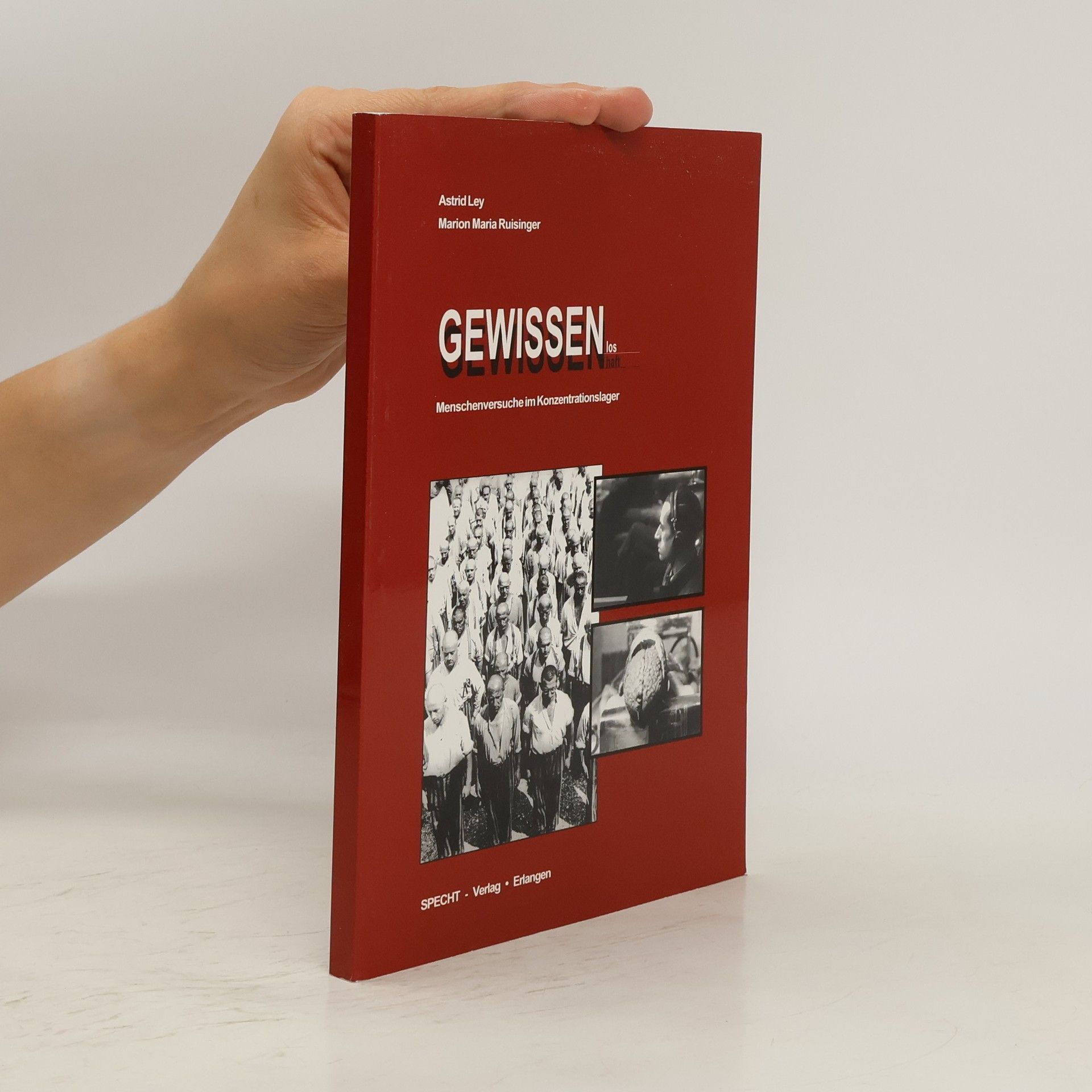Astrid Ley Reihenfolge der Bücher






- 2022
- 2020
Über 6300 jüdische Männer wurden nach den November-Pogromen 1938 in das KZ Sachsenhausen gebracht. Die große Mehrheit kam nach einigen Wochen unter der Auflage wieder frei, sofort aus Deutschland zu emigrieren. Viele haben deshalb überlebt. Wie wurde das Leben dieser Familien durch die erzwungene Emigration beeinflusst? Was erwartete die Emigranten in ihren Zufluchtsländern? Fanden sie eine neue Heimat? Diesen Fragen geht die Ausstellung aus der Perspektive der Kinder und Enkel jener Männer nach. Die Ausstellung erzählt die Geschichte anhand von neun individuellen Schicksalen. Die Familien, die mit Fotos und Dokumenten zur Ausstellung beitrugen und im Interview über ihre Erinnerungen berichteten, leben heute in den USA, Großbritannien, Kanada, Israel, Argentinien und Australien
- 2020
This book addresses the challenges of housing and emerging solutions along the lines of three major dynamics: migration, climate change, and neoliberalism. It explores the outcomes of neoliberal "enabling" ideas, responses to extreme climate events with different housing approaches, and how the dynamics of migration reshape urban housing provision.
- 2012
Die Euthanasie-Anstalt Brandenburg an der Havel
Morde an Kranken und Behinderten im Nationalsozialismus
- 196 Seiten
- 7 Lesestunden
Die Euthanasie-Anstalt Brandenburg an der Havel. Morde an Kranken und Behinderten im Nationalsozialismus
- 2012
The “Euthanasia Institution” in Brandenburg was one of the first killing facilities of “Operation T4”. This is where the mass murder using noxious gas started; and the genocide of European Jews was a continuation of it. By the time the institution was closed down at the end of October 1940, more than 9,000 people from psychiatric hospitals from the northern and central regions had been murdered there. The volume contains the texts and many objects of the permanent exhibition in the memorial opened in 2012. It documents in detail the history of the Brandenburg killing facility, as well as the connection between “Operation T4” and the Holocaust. A comprehensive scientific introduction by the editors informs about the newest research especially on the victims of the Brandenburg euthanasia centre and the chronology of the killings in this region.
- 2010
Housing as governance
- 365 Seiten
- 13 Lesestunden
The author explores the dynamic roles and linkages of public sector institutions and civil society actors in housing provision for the urban poor in South Africa. Based on actor-centred and network theories, two cases of civil society alliances are analysed. This book reveals that existing civil society structures are hybrids that can oscillate between networks and organisations. Moreover, they establish informal governance spaces with state actors outside the institutional channels provided by government. The emergence of oscillating structures and the informalisation of horizontal governance represent new challenges for local decision-making processes. Co-operation and action-oriented approaches in housing seemingly need to be based on a more detailed understanding of the complex interfaces, which go far beyond the conventional ideal of partnerships and participation between sectors.
- 2007
Das Krankenrevier des KZ Sachsenhausen 1936–1945
- 2004
1933 schuf die NS-Regierung mit dem „Gesetz zur Verhütung erbkranken Nachwuchses“ die Grundlage für ihre Politik der Eugenik. Die Durchführung dieses Gesetzes stellte die Ärzte, die einerseits nationalsozialistisch organisiert, zugleich aber dem Ethos ihres Berufs verpflichtet waren, vor eine Gewissensentscheidung. Astrid Ley zeigt hier erstmals umfassend, wie sich Ärzte im Spannungsfeld von eugenischer Ideologie und traditioneller Berufsethik verhielten und in welchem Umfang sie an der NS-Selektionspolitik beteiligt waren.